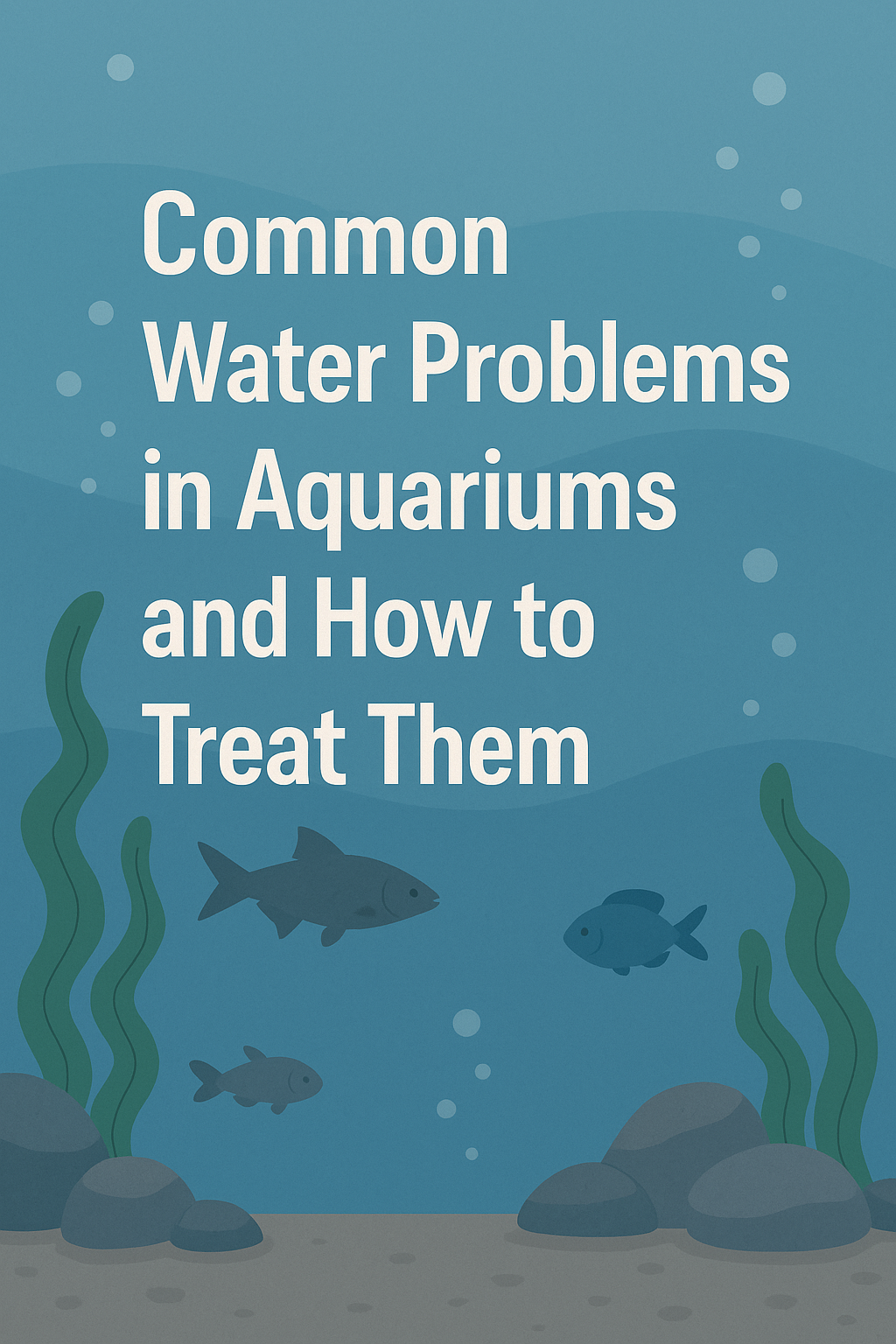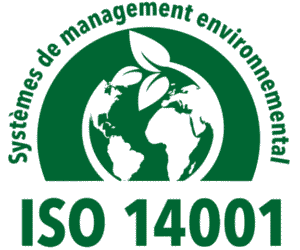
aquarium Water Treatments
Crystal-clear water in your aquarium doesn’t always mean it’s healthy. In fact, many water-related issues lurk beneath the surface, invisible to the naked eye but dangerous to your fish. For new and seasoned aquarists alike, managing water quality can be one of the most challenging — and important — parts of successful fishkeeping.
From algae blooms to chemical imbalances, small shifts in water parameters can lead to stress, disease, or even death in aquatic pets. That’s why it’s crucial to understand the most common water issues and how to correct them using the right products.
In this guide, we’ll break down typical water problems you may encounter and share practical, human-friendly advice on how to fix them. Whether you’re setting up your first tank or trying to improve an existing one, using the proper aquarium water treatments will give your fish the healthy, balanced environment they deserve.
Understanding the Aquarium Ecosystem
An aquarium is more than just a tank with water—it’s a delicate ecosystem. Maintaining balance means monitoring the water chemistry and biological processes inside.
The Nitrogen Cycle
Every aquarium runs on a nitrogen cycle, a natural process where:
- Fish produce waste (ammonia)
- Beneficial bacteria convert ammonia into nitrites (toxic)
- More bacteria convert nitrites into nitrates (less harmful)
- Nitrates are removed via water changes or plant absorption
When this cycle is out of balance, toxic levels of ammonia or nitrites can spike, putting your fish at risk.
Problem #1: Cloudy Water
Cloudy or milky water is one of the most common issues aquarium owners face, especially in new setups.
Causes:
- Bacterial blooms during cycling
- Uneaten food and fish waste
- Poor filtration or substrate disturbance
How to Treat:
- Reduce feeding and remove debris
- Perform partial water changes.
- Use a water clarifier to bind and remove fine particles.
- Ensure your filter is functioning correctly.
If the cloudiness persists after a few days, it’s time to consider using trusted aquarium water treatments designed to target bacterial overgrowth and sediment.
Problem #2: Algae Overgrowth
A little algae is normal — it even supports the ecosystem. But when green walls or slimy decorations take over, it’s time to intervene.
Common Types:
- Green water (free-floating algae)
- Brown algae (diatoms)
- Hair or string algae (usually on the decor)
Causes:
- Too much light exposure
- High nutrient levels (nitrates, phosphates)
- Overfeeding
How to Treat:
- Reduce light hours or intensity
- Add live plants to outcompete algae.
- Clean decor and scrape tank walls
- Use algaecides or treatments that are safe for fish and plants
Look for the best aquarium water treatments that specify algae control without harming your tank’s balance.
Problem #3: Ammonia and Nitrite Spikes
Even a small ammonia or nitrite spike can be fatal. These compounds are invisible but extremely toxic.
Signs:
- Gasping at the surface
- Red or inflamed gills
- Lethargy or lack of appetite
Causes:
- Overfeeding
- Overstocking fish
- Incomplete nitrogen cycle
How to Treat:
- Immediate partial water change (25–50%)
- Use ammonia detoxifiers to neutralize toxins
- Add beneficial bacteria to support cycling
- Test water daily until levels return to safe
Every aquarist should have aquarium water treatments on hand for emergencies — especially when introducing new fish or cycling a new tank.
Problem #4: High Nitrate Levels
While not as immediately toxic as ammonia or nitrites, high nitrates can still cause stress and illness in fish over time.
Effects:
- Algae growth
- Reduced immune function in fish
- Breeding problems in sensitive species
How to Treat:
- Regular water changes (25–30% weekly)
- Add live plants to absorb excess nutrients
- Reduce feeding and fish load
- Use nitrate-absorbing filter media
Some of the best aquarium water treatments also include nitrate reducers to help maintain long-term stability.
Problem #5: pH Imbalance
pH refers to the acidity or alkalinity of water. Sudden pH swings can shock or kill fish.
Ideal Ranges:
- Most freshwater fish prefer a pH between 6.5–7.5
- Some species have specific pH needs
Causes:
- Tap water inconsistencies
- Overuse of chemical additives
- Substrate or decor affecting water chemistry
How to Treat:
- Test pH weekly
- Use pH adjusters (up or down) slowly
- Choose natural methods like driftwood or crushed coral for gradual adjustments
When adjusting pH, choose aquarium water treatments that allow for safe and slow changes to avoid shocking your fish.
Problem #6: Chlorine and Heavy Metals
Tap water is treated for human use, not aquatic life. Chlorine, chloramine, and trace metals can be deadly for fish.
Signs of Trouble:
- Red patches or chemical burns
- Erratic swimming
- Sudden fish loss after water changes
How to Treat:
- Always use a water conditioner when adding tap water
- Look for products that neutralize chlorine, chloramine, and heavy metals
- Let water sit (aged water) or use RO filters for sensitive species
Using high-quality aquarium water treatments during every water change ensures your fish aren’t exposed to harmful chemicals.
Choosing the Right Water Treatments
Now that you know the problems, how do you choose the right solution? Not all water treatments are created equal.
Common Types of Treatments:
- Water Conditioners – Remove chlorine/chloramine, detoxify ammonia
- Algaecides – Control algae blooms without harming fish
- pH Adjusters – Raise or lower pH safely
- Beneficial Bacteria Starters – Help with tank cycling and waste breakdown
- Nitrate/Phosphate Removers – Manage long-term nutrient buildup
- Clarifiers – Clear up cloudy water by binding particles
What to Look For:
- Species-safe (especially for invertebrates or plants)
- Easy-to-use dosing
- Compatibility with other treatments
- Trusted brands with good reviews
Whether you’re dealing with cloudy water or high nitrates, the best aquarium water treatments are the ones that solve the issue while keeping your tank’s ecosystem balanced.
Maintenance Tips to Prevent Water Issues
Prevention is always better than treatment. A few simple habits go a long way in maintaining water health.
Best Practices:
- Test water weekly for pH, ammonia, nitrites, and nitrates
- Do partial water changes regularly
- Avoid overfeeding (it leads to excess waste)
- Rinse filter media gently to preserve beneficial bacteria
- Quarantine new fish to avoid introducing parasites or contaminants
A small investment in aquarium water treatments and reliable pet supplies can save you from costly mistakes and heartache later on.
FAQs
- How often should I use water treatments in my aquarium?
Use them during every water change or when adding new fish, and as needed based on water tests and tank conditions. - Are water treatments safe for plants and shrimp?
Many are, but always check labels. Some treatments contain copper or other additives that can harm invertebrates or sensitive plants. - Can I mix multiple water treatments at once?
Some treatments are compatible, but it’s best to use them separately unless the product specifically says it’s safe to combine. - What’s the fastest way to remove ammonia from a tank?
Do an immediate partial water change, stop feeding, and use a detoxifier designed to neutralize ammonia instantly. - Do I still need water treatments if I have a good filter?
Yes — filters help maintain water quality but don’t remove chlorine, adjust pH, or eliminate sudden chemical imbalances. Treatments are still essential.
Conclusion: Healthy Water = Happy Fish
Behind every beautiful aquarium is a foundation of clean, stable water. Fish may be silent, but water tells the real story of their health. From bacteria blooms to nitrate overload, the problems may vary — but the solution often lies in preparation and the right products.
With consistent maintenance and smart use of aquarium water treatments, your aquarium can remain clear, balanced, and thriving. Don’t wait for a water crisis to act — choose the best aquarium water treatments proactively and keep your aquatic pets safe, healthy, and stress-free.
As a responsible pet owner, the right water treatment products belong right alongside food, filters, and decor in your pet supplies toolkit. Because your fish aren’t just decorations — they’re life, color, and joy in motion.





